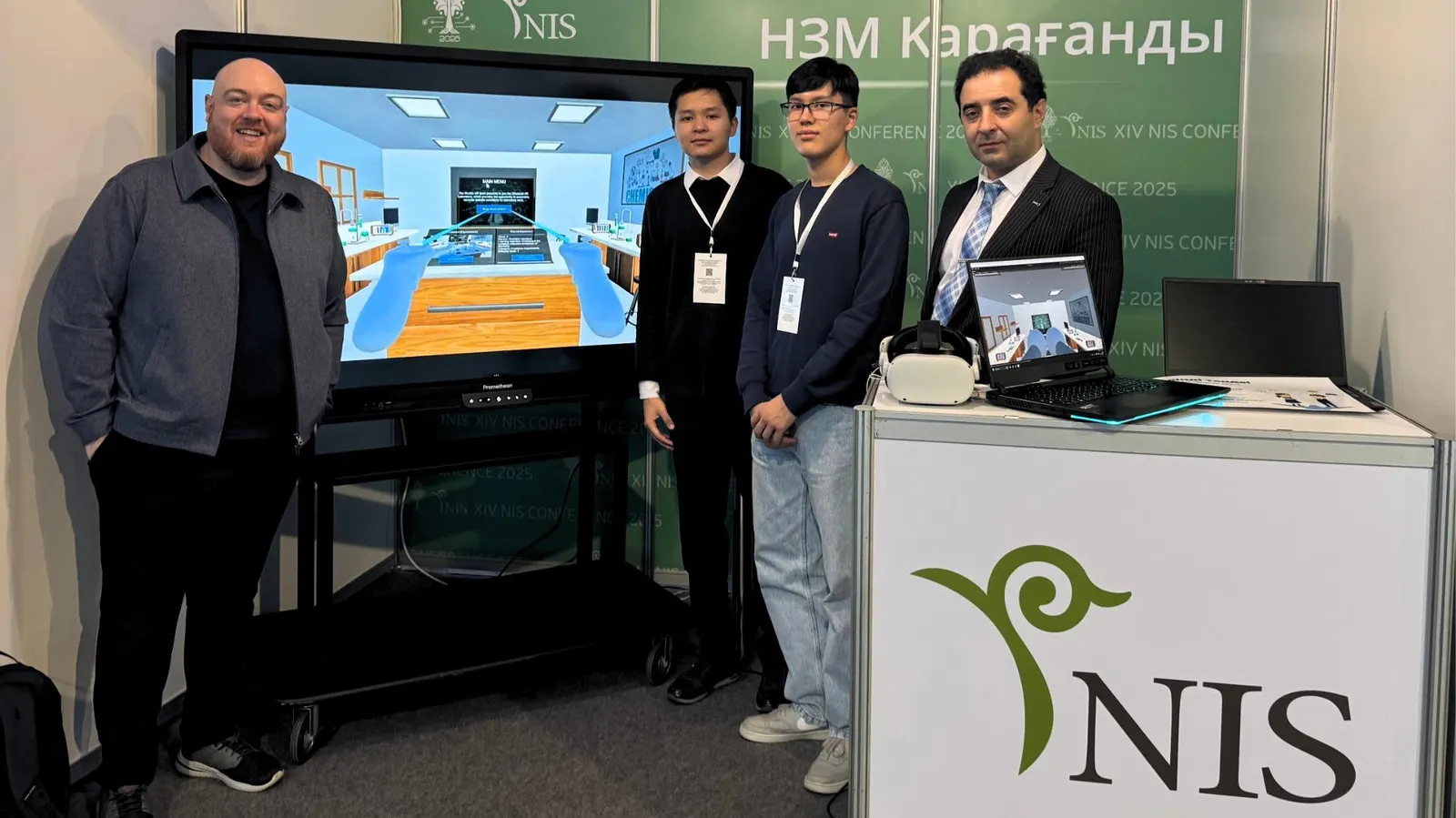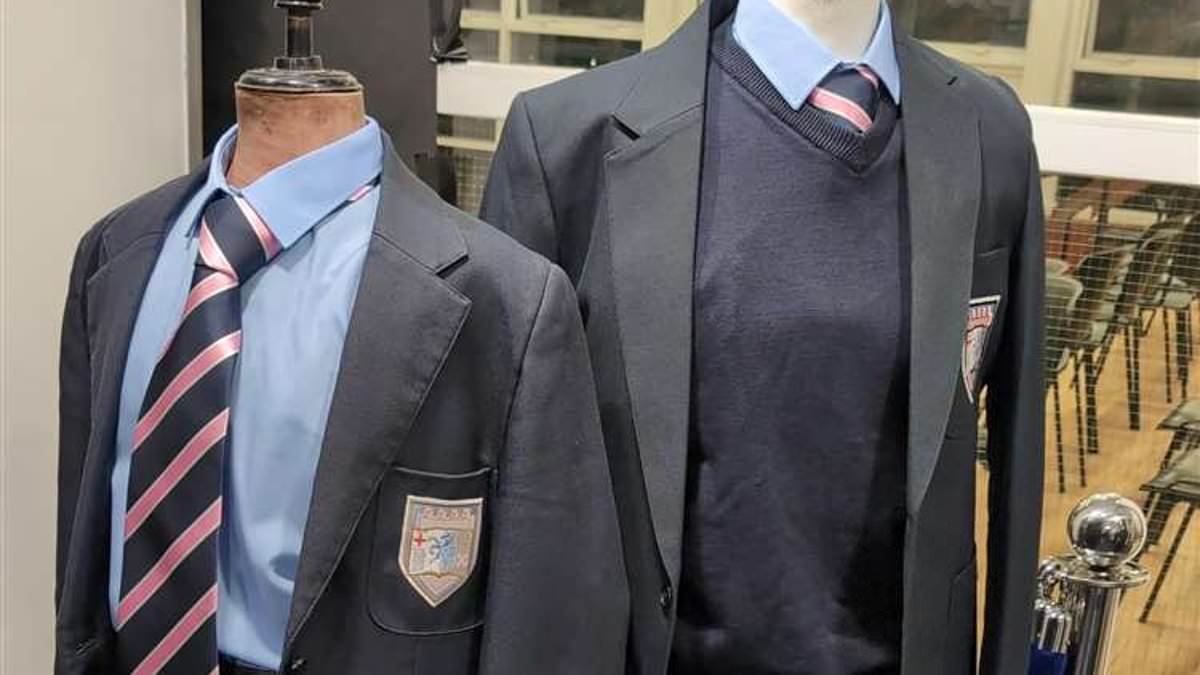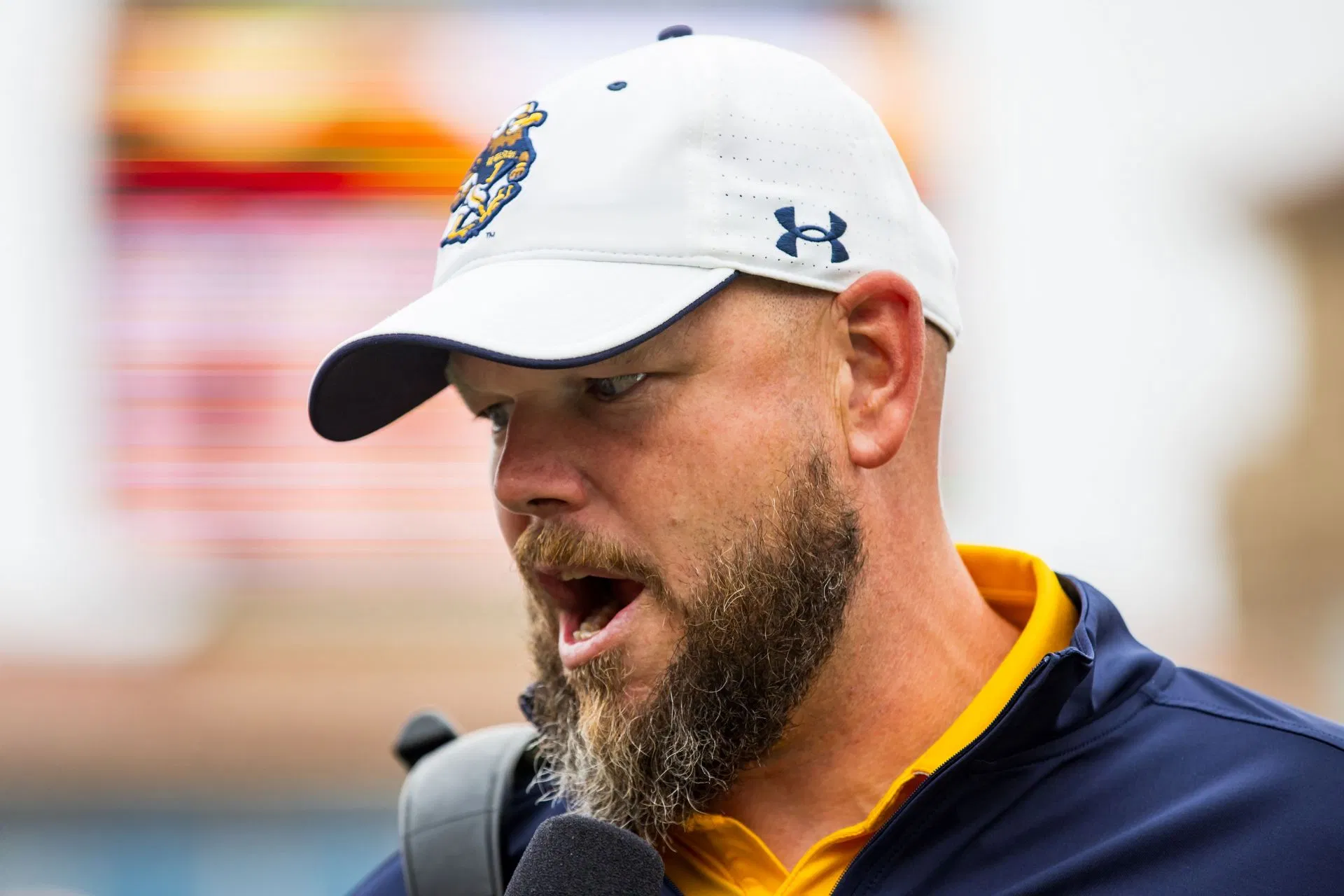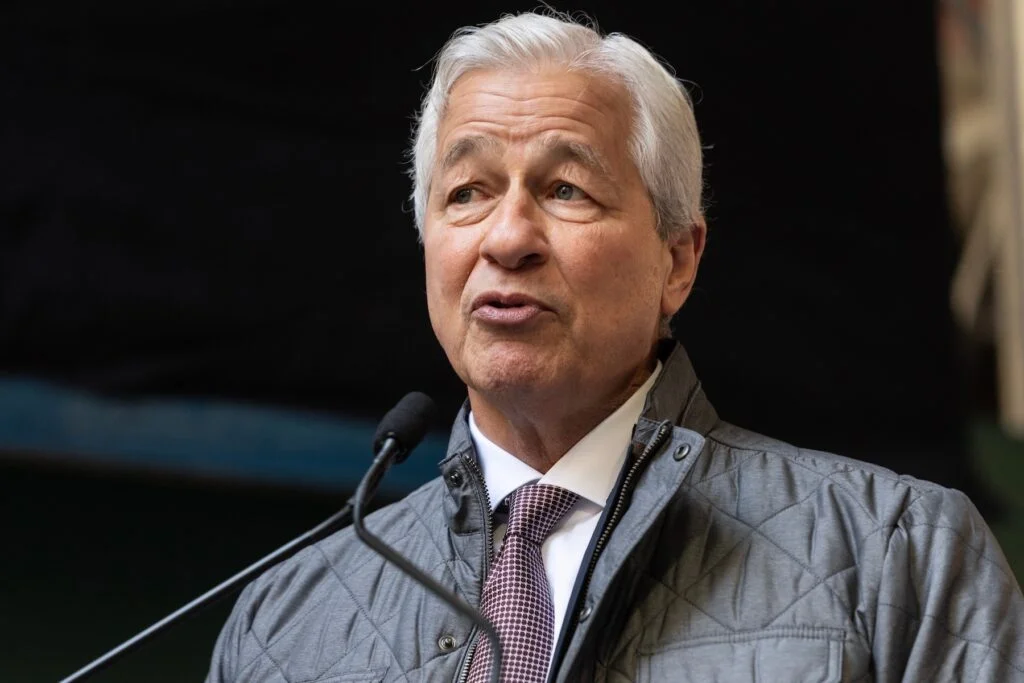Copyright forbes

Meeting Myrzabekov, Murat and their teacher in Astana I just returned home from delivering a keynote speech on AI and education at the 14th NIS Conference in Astana, Kazakhstan. The trip included meetings with the Kazakh government, appearances on Kazakh TV and some inspiring cultural experiences. But one encounter stood out among all of this. While on a tour of the conference exhibition space I got talking to two teenage students, Myrzabekov Askhat and Murat Ismail, from the Nazarbayev Intellectual School in Karaganda who showed me a project they’ve been working. Their project is called Chemistry Laborant, a virtual-reality chemistry lab built in Unity, complete with AI-generated 3D models, real-time simulation of chemical reactions and a built-in AI tutor. They explained how it enables learners to conduct complex, hazardous or expensive experiments safely in VR, then follow up with theory modules and interactive quizzes. Their goal is to bring a fully integrated chemistry-lab experience to schools that lack the necessary chemicals or safety infrastructure. What impressed me was the entrepreneurial drive and the purpose behind it. These students aren’t simply building a demo for class, they were creating a scalable solution for their country’s schools, aligning the experiments with the national chemistry curriculum, integrating VR and PC platforms for flexibility, and projecting cost-savings by replacing the physical resources needed in a real lab. Student Innovation Meets Real Purpose Askhat and Murat told me their virtual lab could replace annual resource costs for a school with a VR-headset-based solution capable of simulating thousands of reactions. They emphasised to me the safety and accessibility elements of this platform. This puts equitable access at the heart of this project, by potentially giving students across the world access to practical science, even when their school lack the physical resources. MORE FOR YOU Askhat and Murat showed me that being a student does not need to consist of passively consuming information in a classroom, but it can be about creating value, solving real-word problems and bringing ideas to life. Our schools must evolve from places of compliance to places of innovation. VR, AI and New-Skill Demands The technologies behind the students’ project reflect emerging global trends. For example, a study by PwC found that VR training can be up to four times faster than classroom learning and significantly more emotionally engaging. The immersive nature of VR enables hands-on simulation, repeatable failure and risk-free experimentation. This can create a culture of learning as doing, not just listening. Meanwhile, the Organisation for Economic Co‑operation and Development’s “Learning Compass 2030” project emphasises the need for students to develop not only knowledge, but agency, creativity, and values to thrive in an uncertain world. Taken together, these signal a shift from traditional content delivery to cultivating capabilities and designing solutions. On the AI front, AI-powered tutoring and adaptive systems are already reshaping classrooms. In my experience, this is led by the teacher. What I experienced in Astana was a transformation led by students. These trends tell us is that the technical horizon is shifting, and our students are right in the middle of it. Are Schools Holding Students Back? Watching Askhat and Murat present their VR chemistry lab, I realised that when students are trusted with real-world challenges, they will rise. Yet many education systems still organise learning around standardised testing, single-use textbooks, and risk-averse routines.The OECD Conceptual Learning framework underscores that students should develop not just knowledge but transformative competencies, that include the ability to create, solve problems and adapt. Too many of our schools remain geared toward memorisation and compliance rather than exploration and creation. My experience in Kazakhstan shows that students don’t have to wait until university or adulthood to innovate. They can build right now, if we give them the space. Their project aligned curriculum with VR, integrated feedback loops, and considered real-world constraints like cost and safety. The school’s role was to guide and provide alignment and not get in the way. Schools should shift from gatekeepers of information to green-houses of innovation. Places that nurture ideas, support failure and enable creation. Creation, Not Consumption In my talk at the conference, I asked: “How do we prepare students for a world where they can create a million-dollar business armed only with a laptop and a seat in Starbucks?” The answer becomes clearer when you meet students like Askhat and Murat. They are entrepreneurs. All young people should be permitted to experiment, build, fail, and refine. To be entrepreneurs. That ecosystem doesn’t exist by accident. It requires: Trust: Students given real responsibility. Mentorship: Teachers and educators guiding, not controlling. Resources & Access: Tools accessible to all learners, not just the privileged. Feedback-loops: Systems that integrate doing, reflecting and adapting. Scale Mindset: Designing for broad accessibility, not just proof-of-concept. In Kazakhstan, the VR lab project is a microcosm of this ecosystem. It reminds us that innovation isn’t limited to Silicon Valley or big labs. It can come from anywhere when the environment nurtures it. Practical Implications for Educators, Parents and Policymakers For educators: Begin by asking, What are students building today? Create classroom structures where learners can tinker, prototype and iterate. Embrace platforms (VR, AI, project-based learning) as enablers, not distractions. For parents: Recognise that children today aren’t just consumers of knowledge; they want to create. Support self-directed projects, value process over perfection and celebrate failure as iteration. For policymakers: It’s time to revisit curriculum, assessment and infrastructure. Alignment with new competencies must take precedence over purely content-based measures. Also, investment in access to meaningful technology can yield huge impacts. For school leaders: Shift roles from controller to conductor. Provide frameworks, mentorship, and resources. Then step back and get out of the way. The Lesson We Should All Take Home Standing in Astana, listening to two teenage innovators present their work, I felt hope. Maybe we should shift from a mindset of helping to prepare them for the future to giving them the space to rewrite the now. The question is whether we, as adults, educators and schools will permit them. Will we treat education as preparation for life, or as life itself? The project from Kazakhstan suggests the latter is possible, but it won’t just happen, we need to make changes now. Editorial StandardsReprints & Permissions



